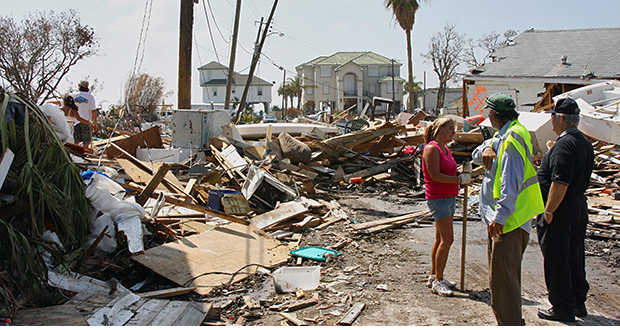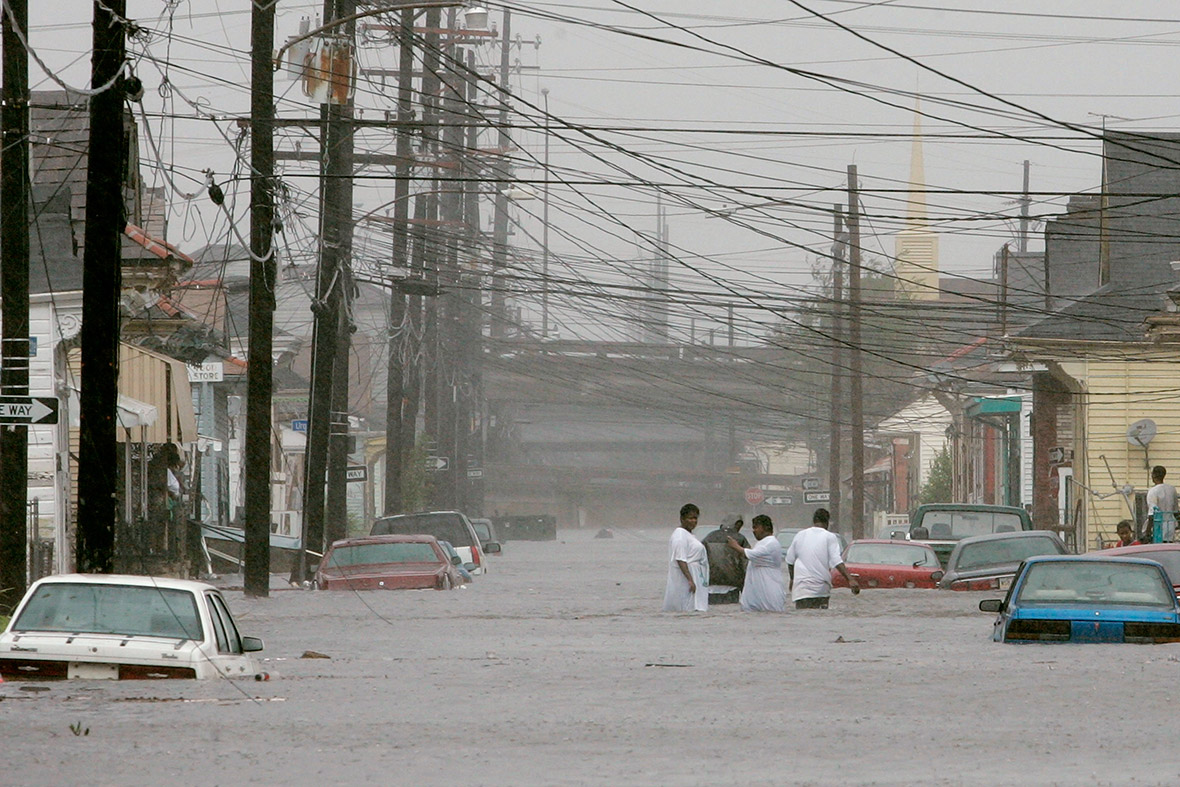
An elite group of urban planning researchers from Texas A&M University have been selected to collaborate with scientists from 11 universities in a nationwide initiative aimed at helping communities prepare for and recover from natural disasters.
This interdisciplinary team will collaborate through the newly established Community Resilience Center of Excellence to develop a set of user-friendly software tools to aid policy makers, planners or anyone with a need to reduce a community’s vulnerability and enhance its resilience to events like earthquakes, hurricanes, flooding and tornadoes.
The CRCE, based at Colorado State University, was established this year with a $20 million grant from the U.S. Department of Commerce’s National Institute of Standards and Technology.
“We’ve seen continually escalating trends in economic losses from natural hazards over the last several decades,” said Walter Gillis Peacock, director of Texas A&M’s Hazard Reduction and Recovery Center and head of the CRCE’s social science group, which also includes faculty from the university’s Center for Housing and Urban Development. “Natural catastrophes are escalating in number and magnitude and causing increasing damage because of rising sea levels and other factors related to climate change, and that is only part of the story.”
One of the primary reasons this is happening, said Peacock, is because of where and how we build our communities — for example, “we are expanding along coastlines, employing materials or methods that won’t withstand high hurricane winds or coastal flooding. In the process,” he added, “we often destroy natural buffers like mangroves, coastal wetlands and other natural resources that can help reduce disaster impacts.”
“We’re trying to determine how we can do better so we don’t continue to experience these kinds of massive losses,” he said.
CRCE experts are collaborating to develop a common language and metrics for measuring the economic, social and physical impacts of natural hazards. The models will provide a scientific basis for the center’s open-source software tools, which will be available online to help guide and assess planning and policy efforts. Such tools promise to improve decision-making by allowing communities to help justify and guide measures they take to decrease vulnerability and increase resilience.
With the software in place, policymakers, planners or community stakeholders will be able to determine the benefits of reducing potential hazard losses if their community, for example, adopts a particular building code, or chooses not to build in a high-risk area, said Peacock. “They will be able to make quantitative comparisons of different strategies,” he said.
To realize this scenario, CRCE partners first have to lay the groundwork. Texas A&M researchers have a 25-year head start in collecting vulnerability and resiliency findings and data that can inform the project.
Recent research initiatives include post hurricane disaster studies in Galveston, investigating increased vulnerability of lower-income populations in disaster areas, examining the critical role that small businesses play in disaster recovery, measuring disaster resilience indicators for coastal communities, and many more.
Texas A&M researchers engaged in the CRCE initiative, all members of the Department of Landscape Architecture and Urban Planning faculty, include Shannon Van Zandt, associate professor and director of the Center for Housing and Urban Development, and Yu Xiao, associate professor.
Co-directing the CRCE effort at Colorado State University are SCU faculty John W. van de Lindt, the George T. Abell Distinguished Professor of Infrastructure who serves as principal investigator, and Bruce Ellingwood, professor of civil and environmental engineering.
The center’s multi-disciplinary team also includes experts in engineering, economics, data and computing, and social sciences from the University of Oklahoma, Rice University, the University of Washington, the University of South Alabama, the California Polytechnic University in Pomona, Texas A&M University-Kingsville, University of Illinois at Urbana-Champaign, and Oregon State University.


